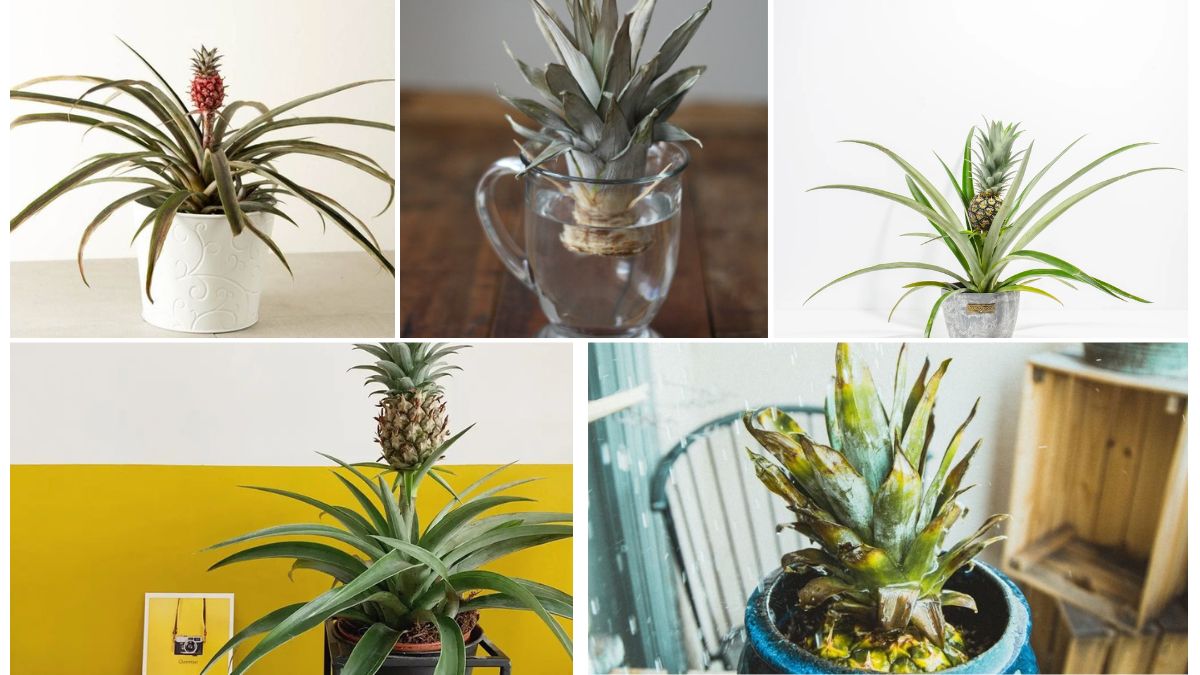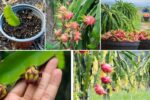Watering your pineapple plant may seem like a simple task, but doing it incorrectly can lead to stunted growth, root rot, or even death of the plant. Pineapples are tropical plants that thrive in warm climates with well-drained soil, and their watering needs differ from many other houseplants or garden crops. If you’re growing a pineapple at home—whether in a garden bed or a pot—mastering the art of watering is essential for healthy leaves, strong roots, and sweet fruit.
In this guide, you’ll discover how to water a pineapple plant correctly at different growth stages, signs of overwatering or underwatering, and tips tailored to indoor and outdoor growing conditions.
1. Understanding the Pineapple Plant’s Watering Needs

Pineapple plants (Ananas comosus) are bromeliads, which means they have a rosette of tough, waxy leaves that collect and hold water. Unlike thirsty vegetables or moisture-loving tropical flowers, pineapples prefer dry feet and are adapted to survive brief drought periods. The key is balance—enough water to keep the roots moist, but never waterlogged.
Key Characteristics:
- Shallow root system
- Central leaf cup that can collect water
- Sensitive to root rot when overwatered
- Adapted to thrive in dry, warm, and sunny conditions
2. How Often Should You Water a Pineapple Plant?
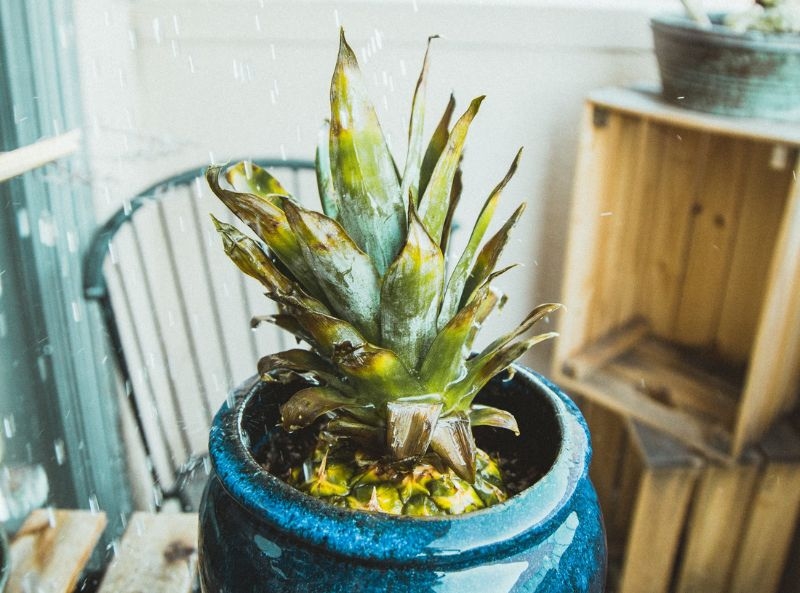
A. In the Growing Season (Spring and Summer):
- Water once every 5–7 days if grown outdoors.
- Indoor potted plants may need watering every 7–10 days depending on humidity.
- Always let the top 1–2 inches of soil dry out before the next watering.
B. In the Dormant Season (Fall and Winter):
- Cut back to watering every 2–3 weeks.
- If kept indoors during winter, reduce even more if the room is cool and the plant isn’t actively growing.
Pro Tip: Always check soil moisture with your finger or a moisture meter before watering. Never rely on a schedule alone.
3. Best Watering Techniques for Pineapple Plants
A. Soil Watering (Root Zone):
This is the most important part to water. Slowly soak the soil around the base until water runs out of the drainage holes (for potted plants). Let excess water drain thoroughly.
B. Leaf Cup Watering (Central Rosette):
In hot, dry weather, add a small amount of water into the central cup of leaves. This mimics the plant’s natural environment, where rain collects in the center.
Important: Do not let water sit too long in the rosette, especially in humid or cool conditions—it can encourage rot or bacterial infection.
4. Choosing the Right Soil for Ideal Watering
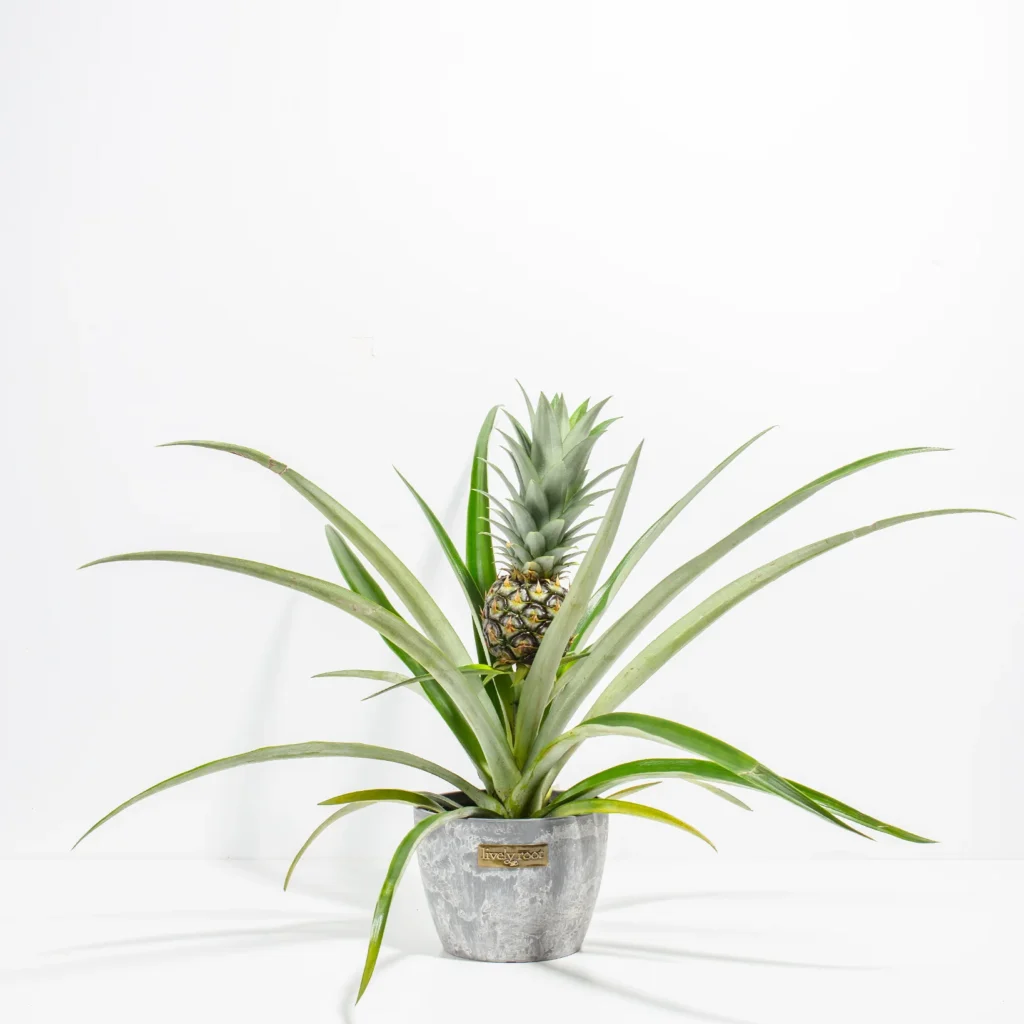
Good drainage is crucial to prevent overwatering. A well-draining, sandy or loamy soil mix allows water to pass through without pooling around the roots.
Best Soil Mix:
- 1 part potting soil
- 1 part coarse sand or perlite
- Optional: Add compost for nutrients
Container plants should always be in pots with large drainage holes. Avoid saucers that hold standing water.
5. Signs of Overwatering and Underwatering
Knowing what to look for can save your plant from permanent damage.
Overwatering Symptoms:
- Yellowing leaves, especially near the base
- Mushy or blackened roots
- Foul smell from soil
- Leaf rot in the central cup
Underwatering Symptoms:
- Dry, curling, or crispy leaves
- Slowed growth
- Brown leaf tips
Quick Fix: If overwatered, let the plant dry out fully and repot in fresh dry soil if root rot is present. If underwatered, soak the root zone slowly until the soil is evenly moist.
6. Watering Tips Based on Growing Location
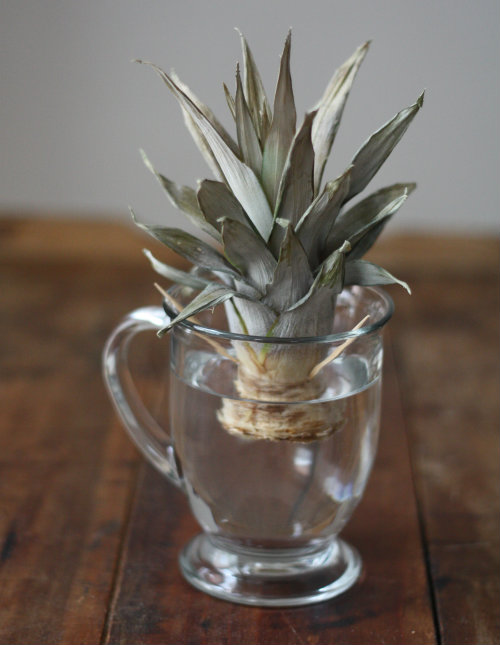
A. Outdoor Pineapple Plants:
- Mulch around the base to conserve moisture in dry seasons.
- Water early in the morning so the plant dries before nightfall.
- Avoid overhead watering that wets the foliage excessively.
B. Indoor Pineapple Plants:
- Use a watering can with a narrow spout to control where water lands.
- Place the pot near a bright, south-facing window but out of direct cold drafts.
- Use a humidity tray or mist lightly in dry indoor air.
7. Factors That Influence Watering Frequency
Many variables affect how often you should water:
- Temperature: Hotter weather dries soil faster.
- Humidity: Higher humidity = less watering needed.
- Pot size and material: Small pots or clay pots dry out faster than large plastic ones.
- Growth stage: Young plants need less water than mature, fruiting ones.
8. How to Water During Fruiting Stage
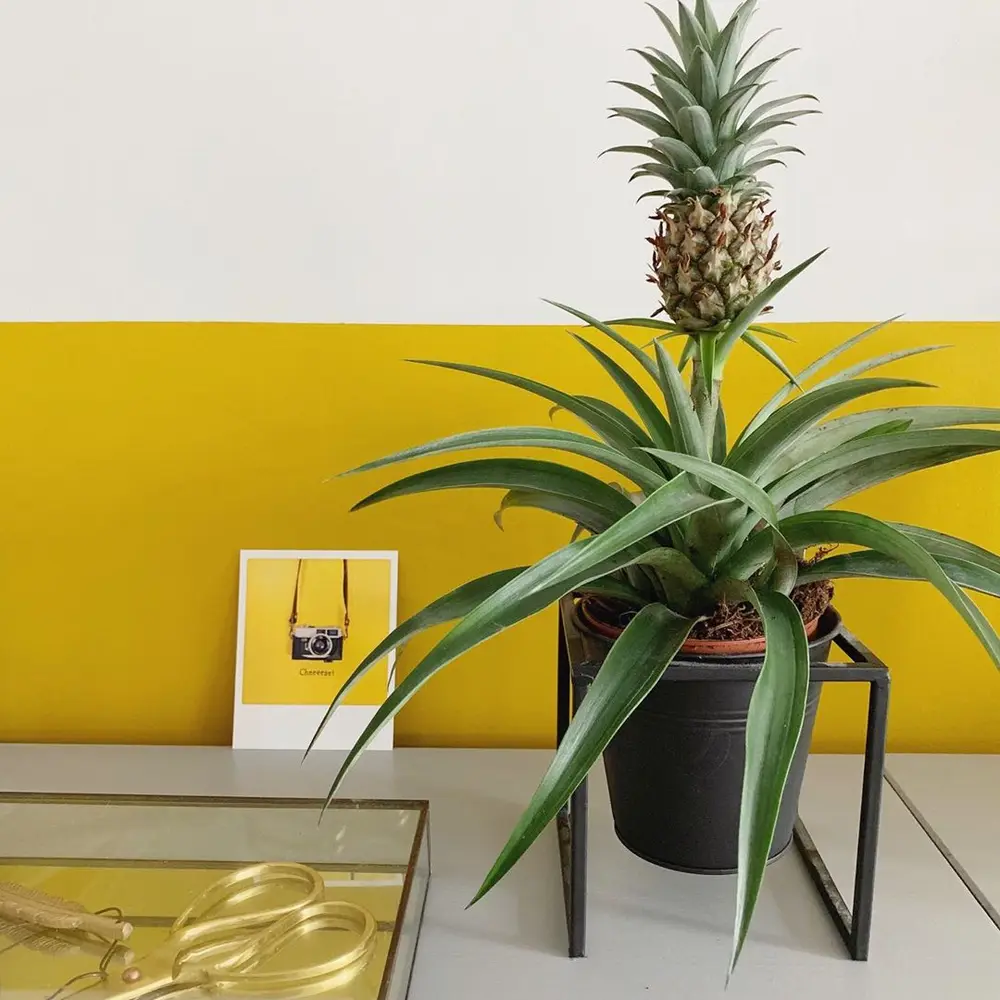
When your pineapple plant begins to flower and form fruit (typically 18–24 months after planting), it’s important to keep it consistently moist—but not soggy.
Watering Tips During Fruiting:
- Keep soil evenly moist at all times.
- Avoid watering directly on the fruit.
- Increase watering slightly during hot spells to support fruit development.
9. Mistakes to Avoid When Watering Pineapple Plants
- Using cold water: Always use room-temperature water to avoid shocking the roots.
- Letting the plant sit in standing water: Always empty the saucer or tray under pots.
- Watering on a fixed schedule: Only water when the topsoil feels dry.
- Overwatering during winter: The plant goes dormant and needs very little moisture.
- Ignoring the rosette: In hot climates, the central cup needs occasional refreshing.
10. Rainwater or Tap Water – What’s Best?
Pineapple plants are sensitive to high levels of chlorine, fluoride, and salts found in some municipal water supplies. If possible:
- Use rainwater or distilled water for best results.
- If using tap water, let it sit out overnight to allow chlorine to evaporate.
Final Thoughts
Watering a pineapple plant correctly isn’t just about how much water you give—it’s about when, where, and how you do it. By understanding the pineapple’s needs and monitoring your plant closely, you can ensure lush leaf growth, a healthy root system, and eventually a juicy, sweet fruit.
Whether you’re growing it in a backyard, balcony, or sunny windowsill, the right watering technique will take your pineapple plant from just surviving to absolutely thriving.
